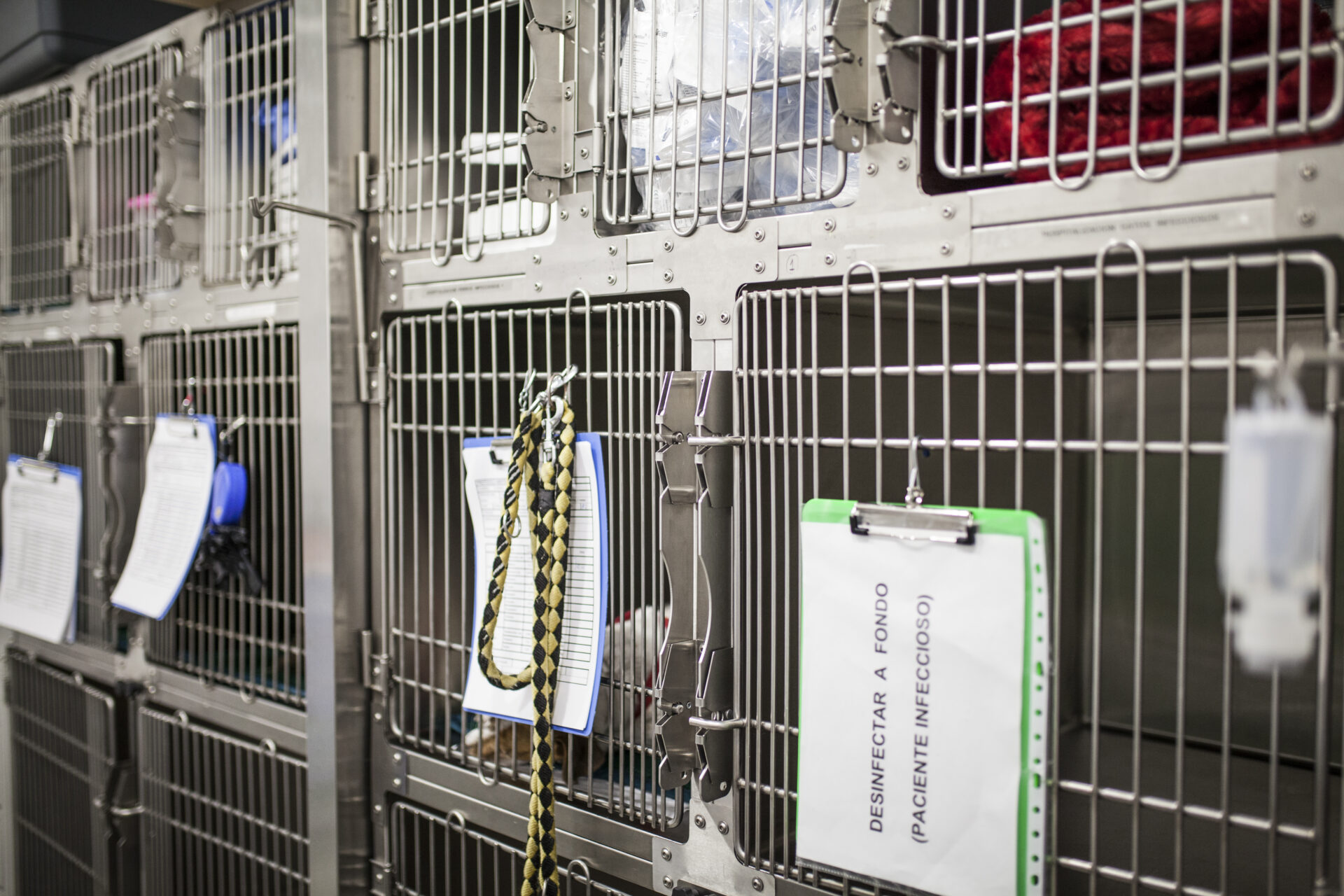Leaving town can be exciting, but for dog owners, it often comes with a tough decision: where to leave your furry friend while you’re gone. Whether it’s a weekend getaway or an extended trip, ensuring your dog is cared for in your absence is a top priority. Dog boarding facilities can be a great solution, providing professional care and a safe environment.
This guide will help you navigate the ins and outs of boarding your dog, from choosing the right facility to preparing your pup for their stay.
Some of the links on this page are affiliate links, which means we may earn a commission at no extra cost to you if you make a purchase. As an Amazon Associate I earn from qualifying purchases. We only recommend products we genuinely love and think you’ll find helpful!
Why Consider Boarding Your Dog?
Boarding facilities offer several advantages, such as:
- Professional Supervision: Trained staff ensures your dog is safe, fed, and cared for.
- Socialization: Many facilities allow dogs to interact with others in a controlled environment, which can be great for social pups.
- Consistency: Your dog will have a routine with regular feeding, exercise, and playtime.
- Peace of Mind: Knowing your dog is in capable hands allows you to relax and focus on your trip.

How to Choose the Right Dog Boarding Facility
Not all boarding facilities are created equal, so it’s important to do your homework. Here’s what to look for:
1. Research and Recommendations
Start by asking friends, family, or your vet for recommendations. Online reviews and ratings can also provide insight into the facility’s reputation.
2. Tour the Facility
Before booking, visit the facility to ensure it meets your standards. Pay attention to:
- Cleanliness and odor.
- The size and comfort of kennels.
- Availability of outdoor play areas.
- How staff interacts with the dogs.
3. Staff Credentials
Ask about the staff’s training and experience. Do they know how to handle emergencies? Are they familiar with dog behavior and care?
4. Services Offered
Some boarding facilities go beyond basic care, offering services like:
- Grooming.
- Training sessions.
- Daily updates via photos or videos.
Determine if these extras align with your dog’s needs.
5. Safety Measures
Ensure the facility has protocols for emergencies, such as access to a vet or a nearby animal hospital. Secure fencing, proper ventilation, and safe play areas are also crucial.
Preparing Your Dog for Boarding
Once you’ve chosen a facility, proper preparation can make the experience easier for both you and your dog.
1. Schedule a Trial Run
If your dog has never been boarded, consider a short trial stay. This allows them to adjust to the environment and gives you peace of mind about their comfort.
2. Update Vaccinations
Most facilities require proof of up-to-date vaccinations, including rabies, distemper, and Bordetella (to prevent kennel cough). Ensure these are completed well before your trip.
3. Pack Their Essentials
Bring familiar items to make your dog feel at home, such as:
- Their regular food and treats to avoid dietary changes.
- A favorite blanket or toy for comfort.
- Medications with clear instructions for the staff.
4. Practice Separation
If your dog struggles with separation anxiety, practice leaving them for short periods before the boarding stay. Gradually increasing their alone time can help them adjust.
5. Communicate Clearly
Share important details about your dog’s routine, behavior, and preferences with the facility staff. The more they know, the better they can care for your dog.
What to Expect During Your Dog’s Stay
Boarding can be an adjustment for dogs, but a good facility will do everything possible to make them comfortable. Here’s what a typical stay might look like:
- Daily Routine: Most facilities follow a schedule, including feeding, exercise, and rest.
- Supervised Playtime: Many offer group or individual play sessions based on your dog’s temperament.
- Regular Monitoring: Staff will keep an eye on your dog’s health and behavior.
It’s normal for some dogs to take a day or two to adjust, especially if they’re in an unfamiliar environment.
Signs of a Good Boarding Experience
When you return, your dog should look happy and healthy. Signs of a positive experience include:
- Eating normally.
- Energetic but not overly stressed.
- No signs of illness or injury.
- A wagging tail and excitement when reunited with you!
Alternatives to Boarding
If boarding doesn’t seem like the right fit for your dog, consider these alternatives:
- Pet Sitters: A sitter can care for your dog in your home or theirs, offering a more familiar environment.
- In-Home Boarding: Some pet care providers offer boarding in a home setting with fewer dogs.
- Friends or Family: If someone your dog knows well can watch them, this might be the least stressful option.
Conclusion
Boarding your dog while you’re out of town doesn’t have to be a stressful experience. By choosing a reputable facility, preparing your dog properly, and communicating openly with the staff, you can ensure they’re in good hands while you’re away.
A positive boarding experience can be beneficial for both you and your dog, giving you peace of mind and allowing your furry friend to socialize, play, and relax until you return. Safe travels!




